Remember when neighborhoods were like small towns within cities, complete with their own unspoken codes of conduct? The 1970s were a simpler time when everyone knew everyone else’s business, and there were certain rules that didn’t need to be written down because they were just understood. These invisible guidelines kept the peace, maintained respect, and created the tight-knit communities we remember so fondly.
1. You Never Cut Through Someone’s Yard Without Permission
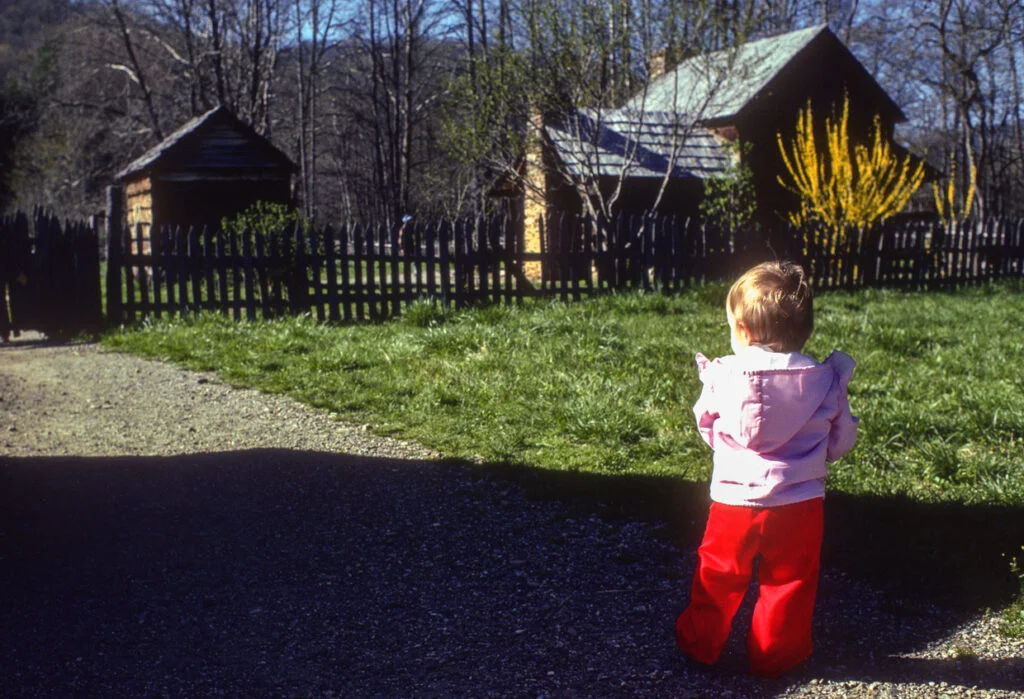
Walking across a neighbor’s lawn was like trespassing on sacred ground, even if it was just to save thirty seconds on your way to the corner store. Every homeowner took pride in their grass, and those crisp property lines weren’t just suggestions—they were boundaries that demanded respect. You’d walk the long way around or risk facing an angry homeowner wielding a garden hose.
The only exceptions were emergencies or if you had explicit permission from the family who lived there. Kids might get a pass if they were chasing a ball that rolled over the fence, but even then, you’d better ask first and apologize afterward. Breaking this rule could turn friendly neighbors into feuding families faster than you could say “Keep off the grass.”
2. The Ice Cream Truck Music Meant Drop Everything and Run

The moment those tinkling melodies floated through the air, every kid within a three-block radius went into full panic mode. You had maybe two minutes to locate loose change, convince a parent to open their wallet, or raid your piggy bank before the magical truck moved on to the next street. Missing the ice cream truck was like missing Christmas morning—devastating and unforgettable.
Parents understood this emergency protocol and would often have quarters ready by July, knowing the daily routine was about to begin. The drivers knew their power too, sometimes slowing down just enough to let the neighborhood kids catch up, but never stopping completely until the money was visible. It was a beautiful dance of commerce and childhood desperation that played out every summer afternoon.
3. You Always Returned Borrowed Items in Better Condition

Borrowing a cup of sugar or a tool from next door wasn’t just about getting what you needed—it was about maintaining neighborhood honor. You’d return that measuring cup sparkling clean, often with a little extra sugar as a thank-you gesture. Tools came back oiled, sharpened, or at least cleaner than when you borrowed them.
This rule extended to everything from lawn mowers to egg beaters, and breaking it was social suicide in suburbia. Good neighbors became great neighbors by following this principle, while those who returned dirty or damaged items quickly found themselves on the neighborhood blacklist. Your reputation was built on these small gestures of respect and consideration.
4. Kids Had to Be Home When the Streetlights Came On
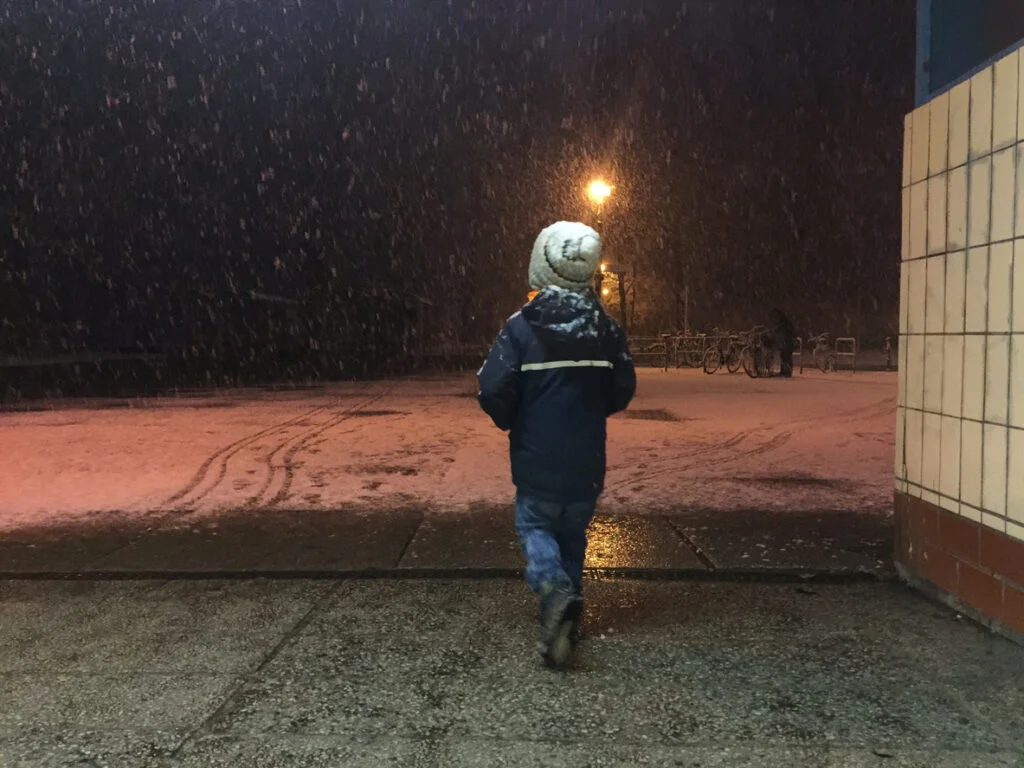
There was no negotiating this universal curfew—when those amber lights flickered to life, childhood freedom officially ended for the day. Parents didn’t need to call, text, or send search parties because this rule was as reliable as gravity. Every kid knew that pushing past streetlight time meant serious consequences at home.
The beauty of this system was its simplicity and fairness across all families in the neighborhood. Summer evenings felt longer and more precious because of this natural deadline, making those final games of kick-the-can or hide-and-seek even more intense. Parents could relax knowing their children understood the boundaries, and kids learned responsibility through this simple, visual cue.
5. You Never Tattled Unless Someone Was Really Getting Hurt

Playground justice was handled by playground rules, and running to adults for every minor conflict was considered the ultimate sign of weakness. Kids were expected to work out their differences, whether through heated negotiations, temporary cold shoulders, or the occasional wrestling match behind the school. Tattling was reserved for genuine emergencies—broken bones, serious bullying, or situations that were clearly beyond kid-level problem-solving.
This unwritten rule taught an entire generation how to negotiate, compromise, and stand up for themselves without constantly relying on adult intervention. Parents respected this system too, often responding to minor complaints with “Work it out yourselves” or “I don’t want to hear about it unless someone’s bleeding.” It created tougher, more independent kids who learned that life’s little conflicts were theirs to resolve.
6. Saturday Morning TV Was Sacred and Not to Be Interrupted
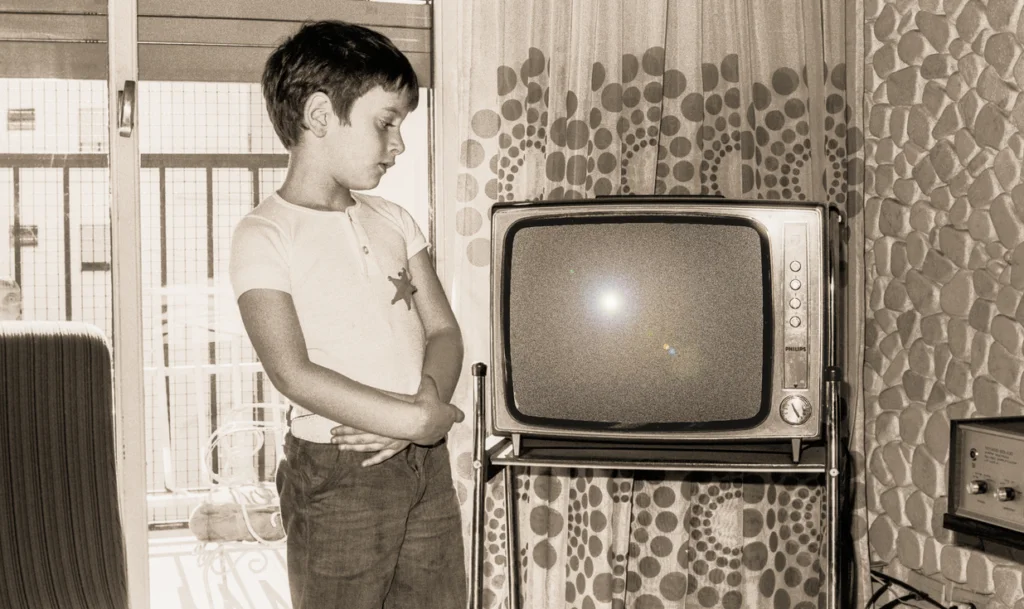
From 8 AM until noon, the television belonged to the kids, and adults knew better than to interfere with this weekly ritual. Cartoons were serious business, and changing the channel during “Schoolhouse Rock” or “The Bugs Bunny/Road Runner Hour” could spark family warfare. Parents planned their weekend activities around this schedule, understanding that disrupting cartoon time was like canceling Christmas.
The kitchen became command central during these hours, with cereal boxes lined up like soldiers and kids claiming their spots on the living room floor. Parents would use this time for coffee, newspapers, and blessed quiet while their children were hypnotized by animated adventures. This weekly tradition created shared memories and gave families a predictable rhythm that everyone could count on.
7. You Always Waved at Neighbors, Even if You Didn’t Like Them

Politeness trumped personal feelings in the neighborhood social contract, and a friendly wave was the minimum acceptable greeting between residents. Whether you were pulling out of your driveway or walking to the mailbox, acknowledging your neighbors was just good manners. Even if the Johnsons let their dog do his business on your lawn, you still waved—though maybe not as enthusiastically.
This simple gesture maintained a basic level of civility that kept neighborhoods functioning smoothly, even when underlying tensions existed. Children learned by watching their parents that you could dislike someone privately while still treating them with public respect. The wave was a small but important ritual that said “We’re all in this community together, whether we like it or not.”
8. The Telephone Was for Emergencies After 9 PM

Calling someone’s house after nine o’clock was like setting off an alarm bell—it meant something was seriously wrong or someone was inconsiderate enough to ignore basic telephone etiquette. Families gathered around their single phone, usually mounted on the kitchen wall, and everyone understood that evening calls were reserved for true emergencies. A ringing phone after bedtime sent parents into immediate crisis mode.
This rule protected family time and ensured that dinner conversations and evening routines weren’t constantly interrupted by social calls. Teenagers learned to plan their phone conversations earlier in the evening, and parents could relax after nine knowing they wouldn’t be fielding calls about weekend plans or homework assignments. The telephone was a tool for urgent communication, not casual entertainment.
9. You Never Started Your Lawn Mower Before 8 AM or After 7 PM

Weekend mornings were sacred, and the sound of a lawn mower before eight was like fingernails on a chalkboard to sleeping neighbors. Everyone had yard work to do, but there was an unspoken agreement about when it was acceptable to fire up the machinery. Early birds had to find quiet activities until the neighborhood officially “woke up.”
Evening mowing was equally frowned upon because it interfered with dinner time and family gatherings on porches and patios. Smart homeowners planned their yard work for the acceptable window, knowing that violating these hours could result in passive-aggressive comments at the next block party. The rule kept peace between early risers and night owls while ensuring everyone could enjoy their outdoor spaces.
10. Kids Had to Ask Before Going in Someone Else’s House
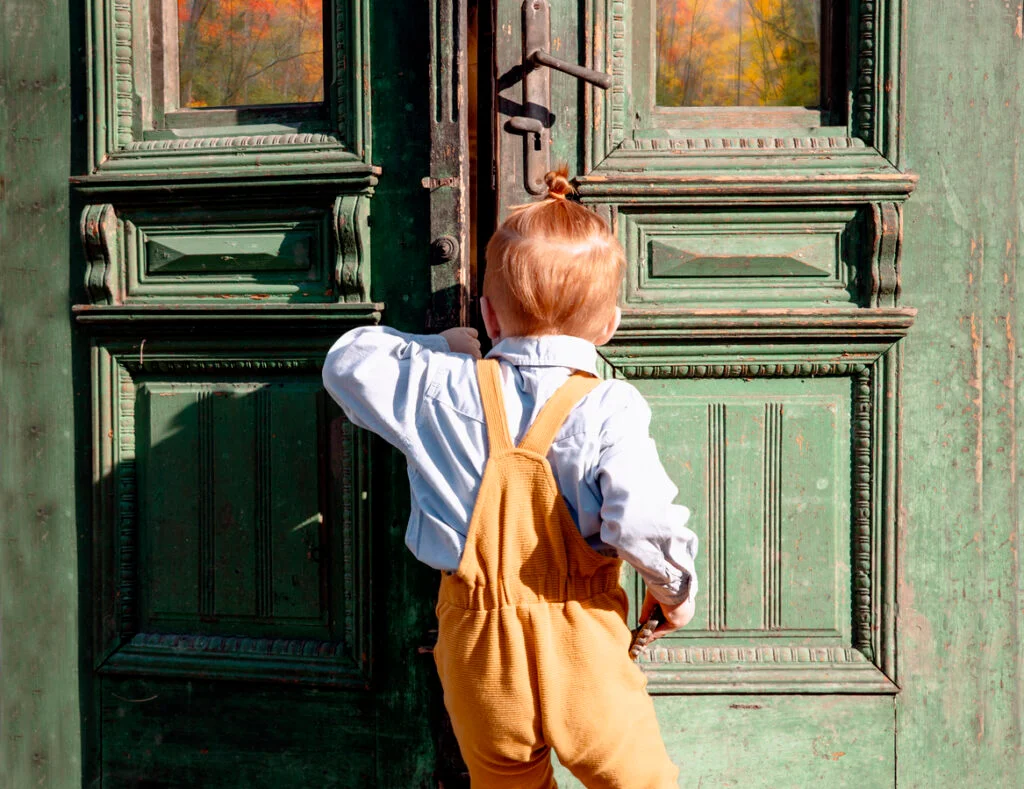
Crossing the threshold into another family’s home required explicit permission, even if you’d been there a hundred times before. Parents appreciated this courtesy because it gave them a moment to assess whether they were prepared for additional children, and it taught kids about respecting other people’s private spaces. A simple “Can I come in?” was the magic phrase that separated well-raised children from little heathens.
This rule also protected families from unexpected intrusions during meal times, family discussions, or when the house was simply not ready for company. Kids learned that every home had different rules and expectations, and asking permission showed respect for those differences. Parents could feel comfortable saying no when timing wasn’t right, and children understood that homes were personal sanctuaries requiring invitation to enter.
11. You Helped Elderly Neighbors Without Being Asked
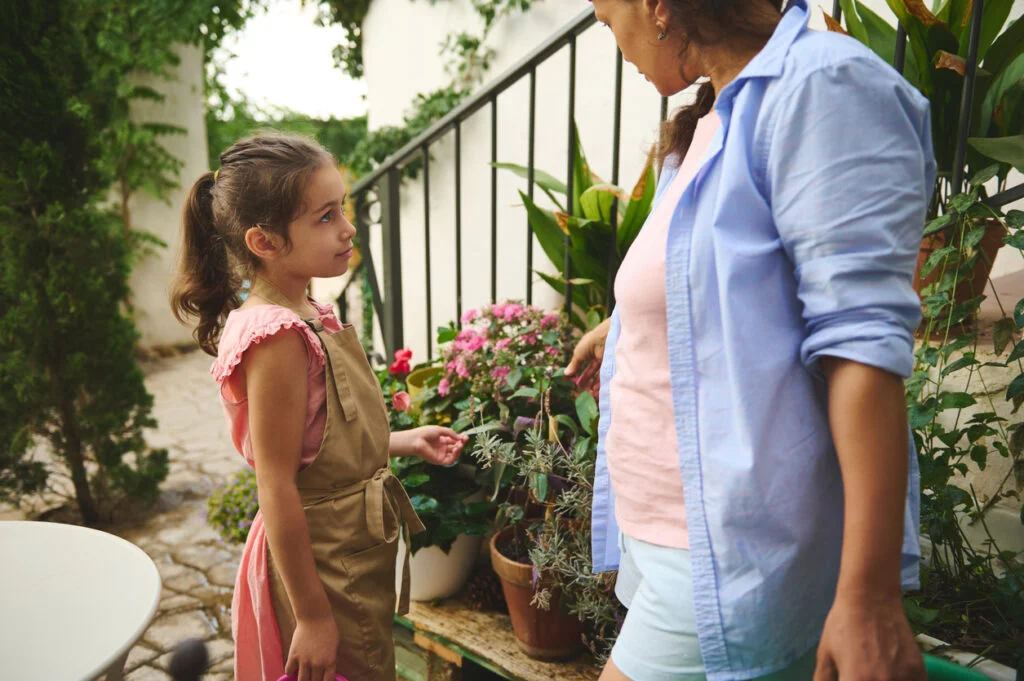
Seeing Mrs. Peterson struggling with her groceries or Mr. Williams shoveling snow automatically triggered the good neighbor response—you dropped what you were doing and helped. This wasn’t about earning scout badges or getting allowance money; it was about basic human decency and community responsibility. Kids were taught that helping elders was not optional, and adults modeled this behavior constantly.
These small acts of service created strong intergenerational bonds and taught children to notice when others needed assistance. Elderly neighbors often repaid this kindness with homemade cookies, stories from the old days, or simply the satisfaction of knowing you’d done the right thing. The rule created a safety net for vulnerable community members while instilling values of service and compassion in younger generations.
12. Adults Had Eyes in the Back of Their Heads (And Used Them)

Every adult in the neighborhood was authorized to correct, redirect, or discipline any child who was misbehaving, and kids understood this collective parenting approach was non-negotiable. Mrs. Johnson could tell you to get off her fence, Mr. Davis could send you home for being rude, and your own parents would thank them for it. There was no “you’re not my parent” defense—every grown-up had community-granted authority.
This system created a protective web around all the neighborhood children, ensuring they were supervised and safe even when their own parents weren’t around. Adults took this responsibility seriously, watching out for dangerous behavior and reporting back to parents when necessary. Kids might grumble about having so many watchful eyes on them, but deep down they understood they were surrounded by people who cared about their well-being.
The 1970s neighborhood was its own special ecosystem, governed by these unwritten rules that somehow kept everyone in line without a single policy manual. These invisible guidelines created communities where children could roam safely, neighbors looked out for each other, and everyone understood their role in the greater social fabric. While times have certainly changed, there’s something beautifully simple about these old-school neighborhood values that many of us still carry in our hearts today.
This story 12 Unwritten Rules Every Neighborhood Had in the ’70s was first published on Takes Me Back.


